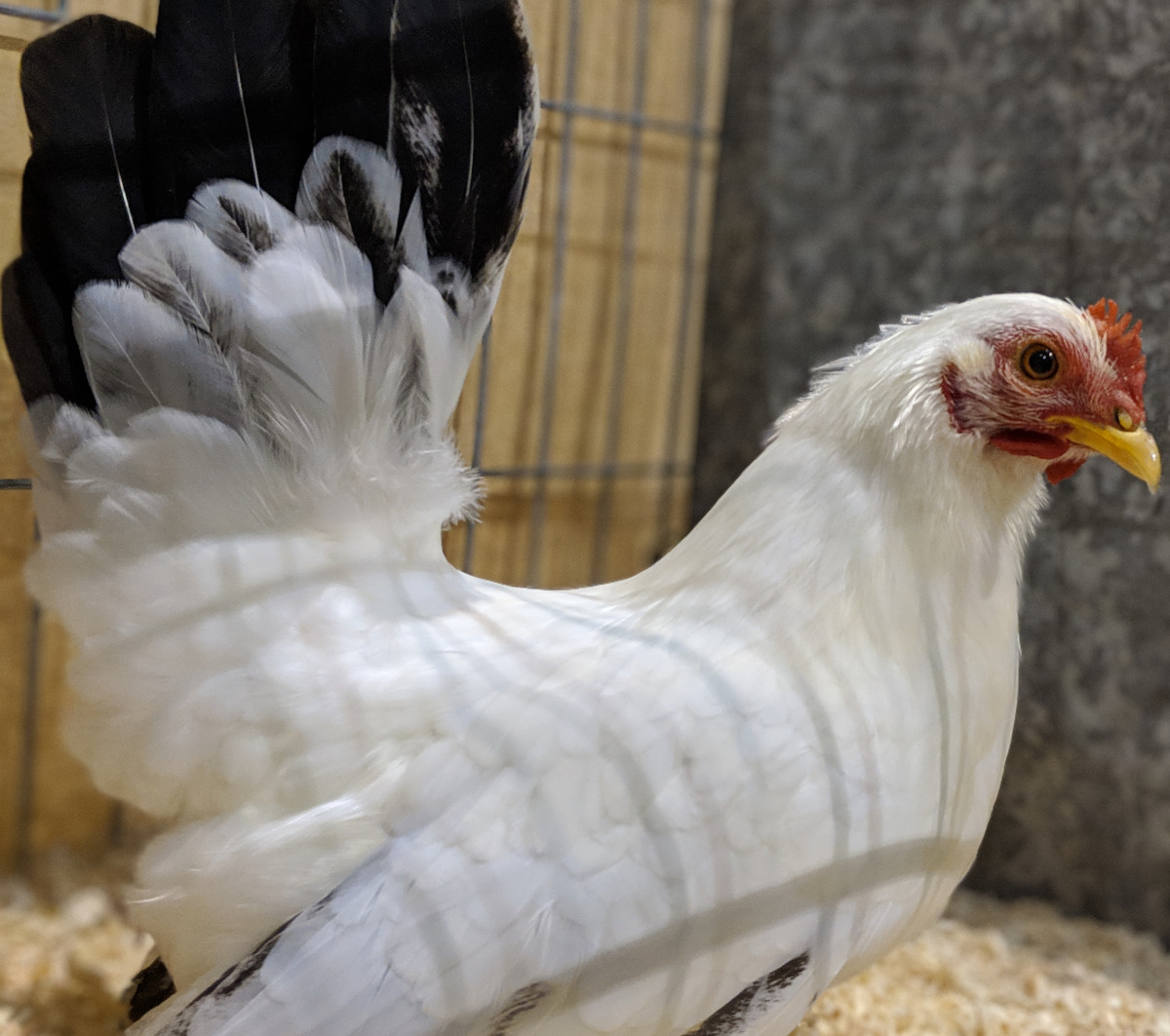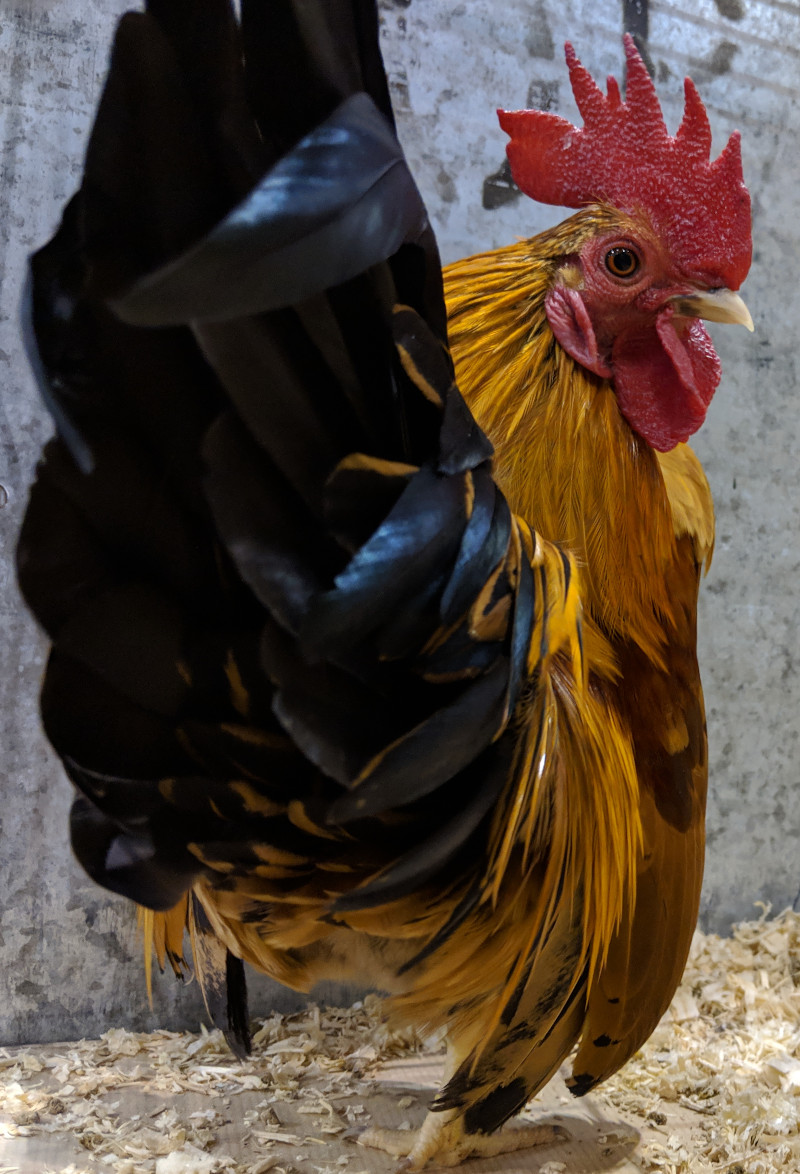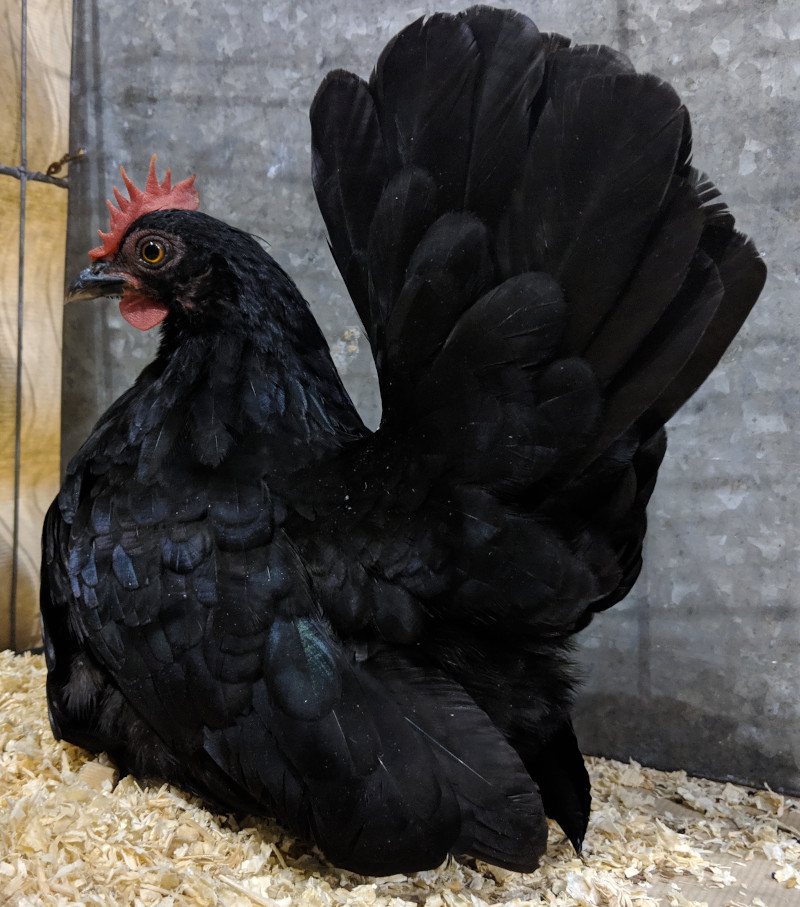
Sexing Japanese bantams
Sexing Japanese bantams is difficult when they are day old chicks or young growers, further compounded by both sexes having such similar feathering. I have found you can reliably sex Japanese bantams from 8 weeks of age.
Table of Contents
How to sex Japanese bantams:
I have never been able to accurately sex my Japanese bantams until they are at least 4 weeks of age and even then it is not 100% reliable. I prefer to wait till they are 8 weeks old before I make any decisions about culling them from a breeding program.
There are only 2 definitive methods of sexing day old Japanese Bantam chicks:
- Vent sexing by a professional.
- DNA testing to determine gender.
Any other method used to try and sex Japanese bantams before their secondary sexual characteristics appear is going to be guesswork.
Japanese bantams are not feather sexable.
These were never kept to be productive layers or meat birds so have only ever been selectively bred to be ornamental chickens.
How can you tell if a Japanese Bantam is a male or female?
You can start to tell a cockerel from about 4 weeks of age, their comb will start to grow earlier and will be much bigger and redder as the birds age. Japanese bantam males will begin to chest bump and spar with each other from around 6 to 8 weeks of age.
Below: A cockerel.

The Japanese bantam male has:
- 2 to 4 oz (50 to 100 grams) heavier then the female.
- 2 inches taller than the hens (5 cm).
- A significantly larger comb.
- Two long sickle feathers from the tail.
- Slightly longer and thicker legs,
- Pointed hackle feathers on his neck and back.
Below: The Japanese bantam hen.

Japanese bantam hens are:
- 2 to 4 oz lighter than the males (50 to 100 grams).
- 2 inches shorter than the males (5 cm).
- Have a very small comb with fine points.
- Have a triangular tail that lacks the large sickle feathers.
- Slightly shorter and thinner legs.
- Rounded hackle feathers on the neck.
